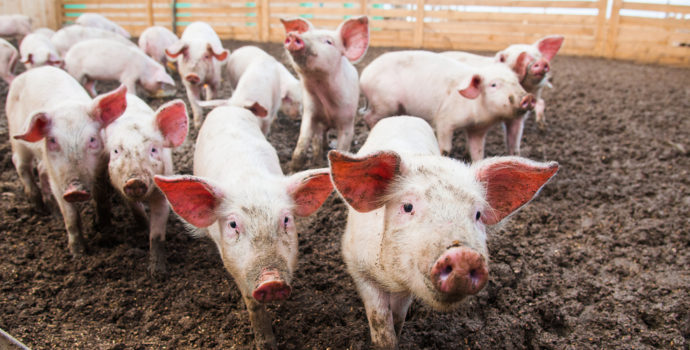High Cost of Borrrowing Must Be Addressed for Farmers – Downey

IFA President Eddie Downey has said the high cost of borrowing faced by farmers who are investing in their businesses is unacceptable and must be addressed.
“Farming is an export dependent sector and high borrowing costs undermine the competitiveness of our food production,” Mr Downey warned.
“The latest figures from the Central Bank show conditions for SMEs, including farm businesses, are tougher in Ireland than almost anywhere elsewhere in the Euro area, both in terms of cost and availability of finance. The withdrawal of a number of commercial banks following the credit collapse has led to a significant increase in market concentration, and erosion of competition, which has in turn contributed to more difficult lending conditions.
“The cost of new borrowing for Irish SMEs of 5.7% is significantly higher than for equivalent businesses in the Eurozone, with the Euro area average at 3.3%. On borrowings of €100,000 this amounts to an extra repayment cost of over €2,000 per year.”
IFA Farm Business Chairman Tom Doyle, said “Figures from the CSO show that agriculture and the agri-food sector have been a driving force of export-led recovery. Agriculture has the highest percentage of performing loans in the SME sector. Policy responses, such as SME lending targets for the pillar banks and the establishment of the Credit Review Office, have been put in place to provide an adequate flow of credit to Irish SMEs. While these initiatives have been important, they have proved insufficient, as Ireland still maintains one of the highest levels of credit constraint for SMEs of any Eurozone economy.
“Farmers are continuing to contribute to an export-led recovery. However, to remain competitive it is critical that they have access to lower cost loans. More needs to be done to promote a fully functioning commercial banking service and to drive down interest rates on lending for viable farm businesses and investment. The Government must insist that the lower costs of borrowing that the commercial banks are facing are fully reflected in reduced interest rates for agricultural loans,” Mr Doyle concluded.




